Vote Now! Best Space Stories of the Week - June 17, 2012
Space Capsules, Planes, Telescopes & More
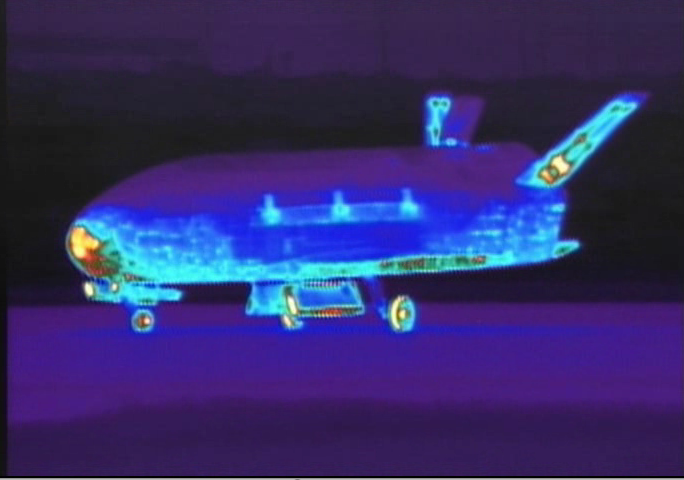
The last seven days were a veritable feast for space exploration. From the launch of China's first female astronaut and a black hole space telescope to the landing of a military space plane, there is no shortage of big space headlines.
Take a look at our picks for the best space stories of the last week and vote for your favorite here:
FIRST STOP: China's 1st Woman in Space
China's 1st Woman in Space

China launched three astronauts into space Saturday (June 16), kicking off an ambitious test mission that marks the country's first attempt to dock a manned spaceship in orbit and its first flight of a female astronaut. [Full Story]
NEXT: X-37B Space Plane Returns
X-37B Space Plane Returns
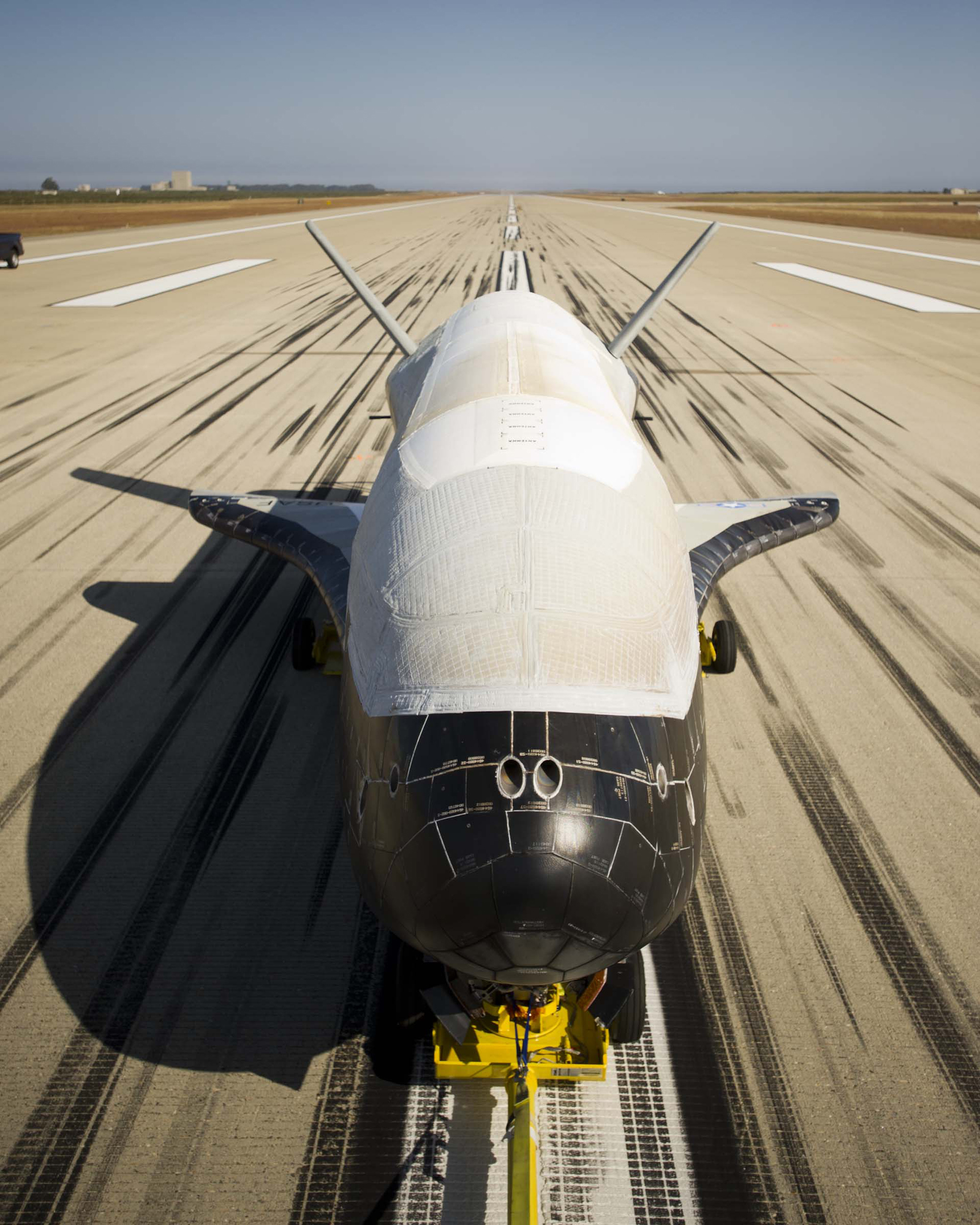
The Air Force's secretive X-37B spy plane has returned to Earth after a mysterious mission that lasted 469 days in orbit. The X-37B landed at Vandenberg Air Force Base on its own early Saturday (June 16). It launched in March 2011 from Florida. [Full Story]
NEXT: Mars Has 635,000 Craters
635,000 Craters on Mars
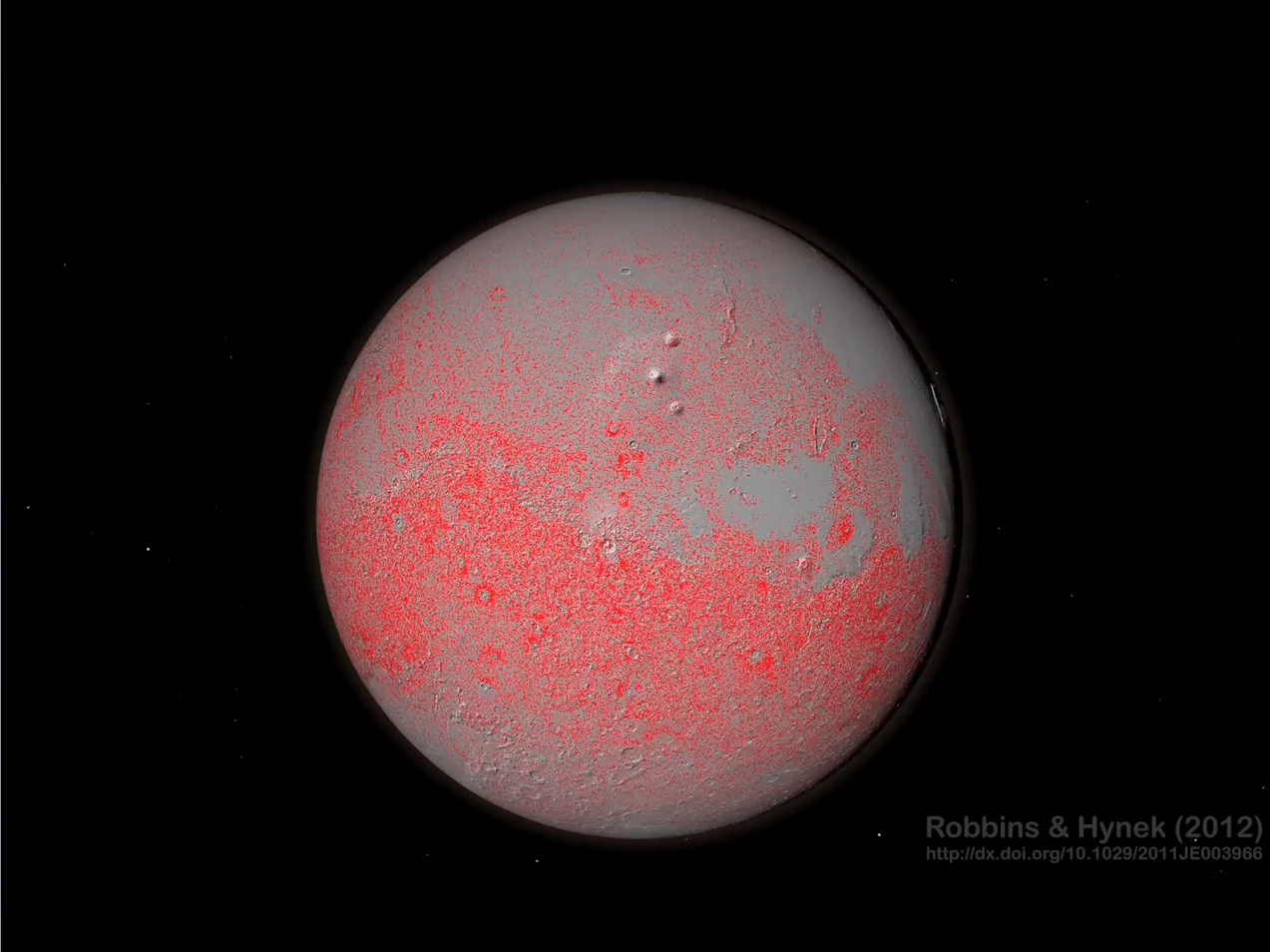
The surface of Mars is pocked by more than 635,000 impact craters at least 0.6 miles (1 kilometer) wide, a new study reports.
The new Martian crater atlas is the largest single database ever compiled of impacts on a planet or moon in our solar system, researchers said. It highlights the violent history of Mars and could also help scientists address a number of questions about the Red Planet. [Full Story]
NEXT: Summer Olympics in Space
Summer Olympics in Space
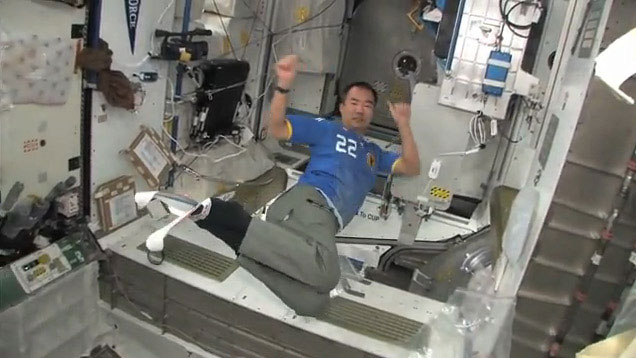
To mark the upcoming Olympic Games in London, a crew of astronauts due to launch to the space station this summer is planning an orbital sporting event for the occasion.
NASA astronaut Sunita (Suni) Williams, Japan Aerospace Exploration Agency spaceflyer Akihiko Hoshide and Russian cosmonaut Yuri Malenchenko are due to launch July 14 to the International Space Station. [Full Story]
NEXT: Asteroid 2012 LZ1 Zips By Earth
Asteroid 2012 LZ1 Zips By Earth
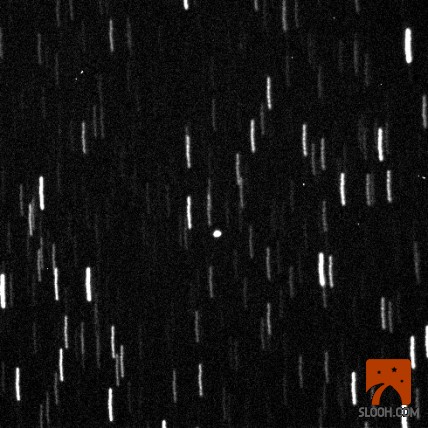
A newly discovered asteroid the size of a city block cruised past Earth well beyond the orbit of the moon Thursday night (June 14), providing a rare treat for scientists and telescope-equipped observers.
The 1,650-foot-wide (500-meter) near-Earth asteroid 2012 LZ1 came within 3.3 million miles (5.3 million kilometers) of our planet during its closest approach at 8 p.m. EDT Thursday (0000 GMT Friday). Since that's about 14 times the distance between the Earth and the moon, the asteroid was never close enough to threaten Earth, or to be seen by most backyard skywatchers. [Full Story]
NEXT: Spy Telescopes Donated to NASA
Spy Telescopes Donated to NASA
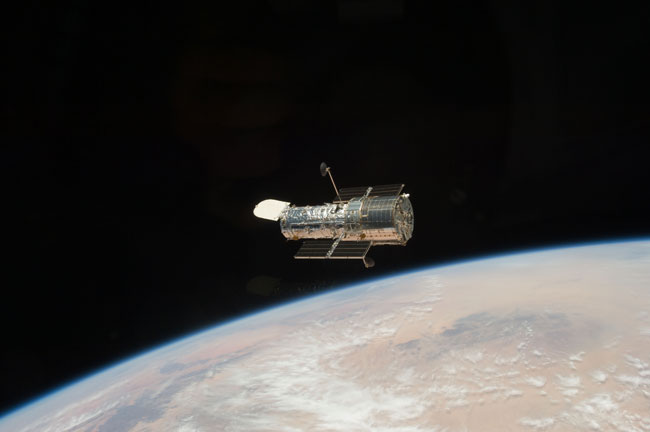
A pair of space telescopes that were donated to NASA from the secretive National Reconnaissance Office could be repurposed for a wide variety of science missions, NASA officials say, but it will likely be years before the agency's budget can accommodate them. [Full Story]
NEXT: Alien Earths May Be Widespread
Alien Earths May Be Widespread
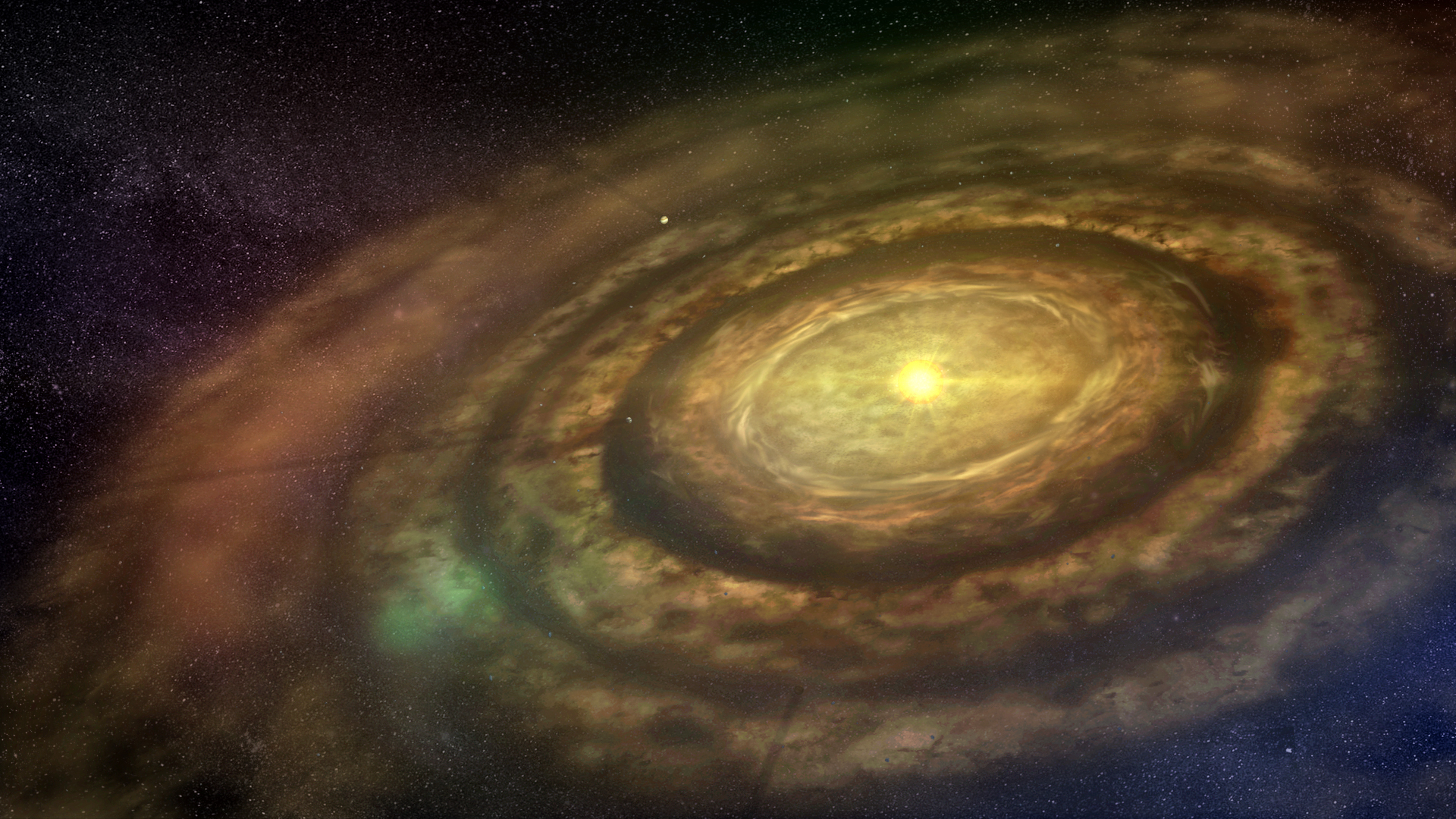
Small, rocky planets can coalesce around a wide variety of stars, suggesting that Earth-like alien worlds may have formed early and often throughout our Milky Way galaxy's history, a new study reveals. [Full Story]
NEXT: Mysterious Galaxy's Distance
Mysterious Galaxy's Distance from Earth Revealed
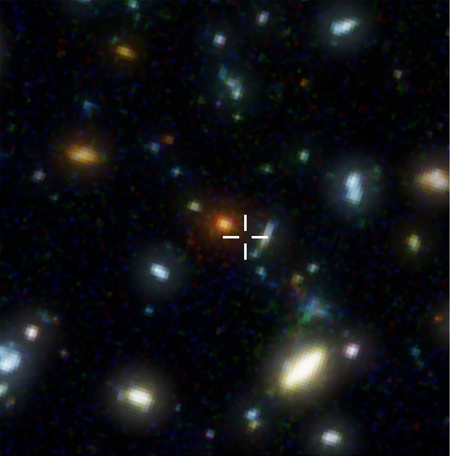
After a decadelong hunt, scientists have finally pinned down the distance to an ancient galaxy teeming with star formation, finding it to be among the farthest galaxies of this type yet known, scientists say.
The object is called a starburst galaxy because it is undergoing a burst of new star formation. It was first discovered more than 10 years ago, but astronomers have been unable to determine its distance until now. Today they announce that the galaxy is a whopping 12.6 billion light-years away, meaning that it existed just 1.1 billion years after the Big Bang. [Full Story]
NEXT: Tropical Lakes on Titan
Tropical Lakes on Titan

An oasis of liquid methane has unexpectedly been discovered amid the tropical dunes of Saturn's moon Titan, researchers say.
This lake in the otherwise dry tropics of Titan hints that subterranean channels of liquid methane might feed it from below, scientists added. [Full Story]
NEXT: Black Hole-Hunting Telescope Launches
NASA Launches Space Telescope to Hunt Black Holes
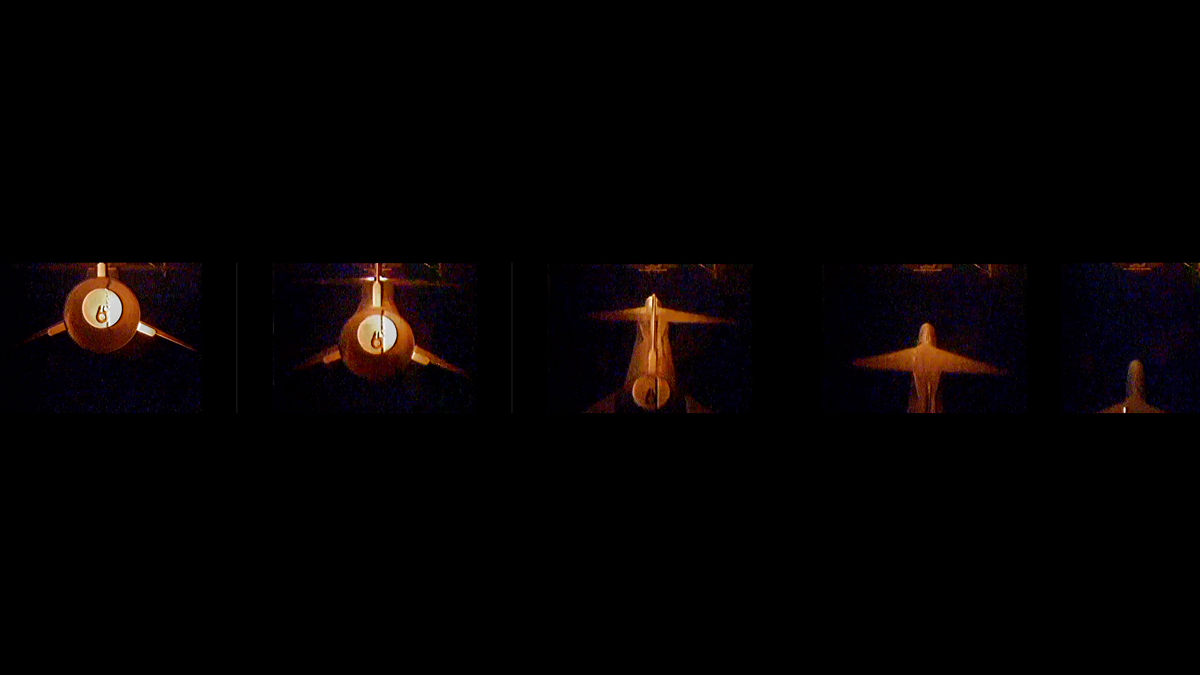
NASA's newest space telescope, an ambitious X-ray observatory, launched into orbit today (June 13) on a mission to peer deep into the universe and study the violent regions around black holes.
The Nuclear Spectroscopic Telescope Array (NuSTAR) spacecraft launched spaceward at the tip of an Orbital Sciences Pegasus XL rocket, which itself was carried into launch position by a high-altitude L-1011 "Stargazer" jet aircraft. At 12 p.m. EDT (1600 GMT), the plane dropped the rocket in midair, where the booster fired its engines for its climb into the sky. [Full Story]
NEXT: Giant Telescope Approved
Join our Space Forums to keep talking space on the latest missions, night sky and more! And if you have a news tip, correction or comment, let us know at: community@space.com.
Get the Space.com Newsletter
Breaking space news, the latest updates on rocket launches, skywatching events and more!

Space.com is the premier source of space exploration, innovation and astronomy news, chronicling (and celebrating) humanity's ongoing expansion across the final frontier. Originally founded in 1999, Space.com is, and always has been, the passion of writers and editors who are space fans and also trained journalists. Our current news team consists of Editor-in-Chief Tariq Malik; Editor Hanneke Weitering, Senior Space Writer Mike Wall; Senior Writer Meghan Bartels; Senior Writer Chelsea Gohd, Senior Writer Tereza Pultarova and Staff Writer Alexander Cox, focusing on e-commerce. Senior Producer Steve Spaleta oversees our space videos, with Diana Whitcroft as our Social Media Editor.
